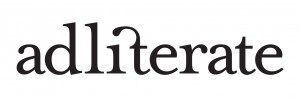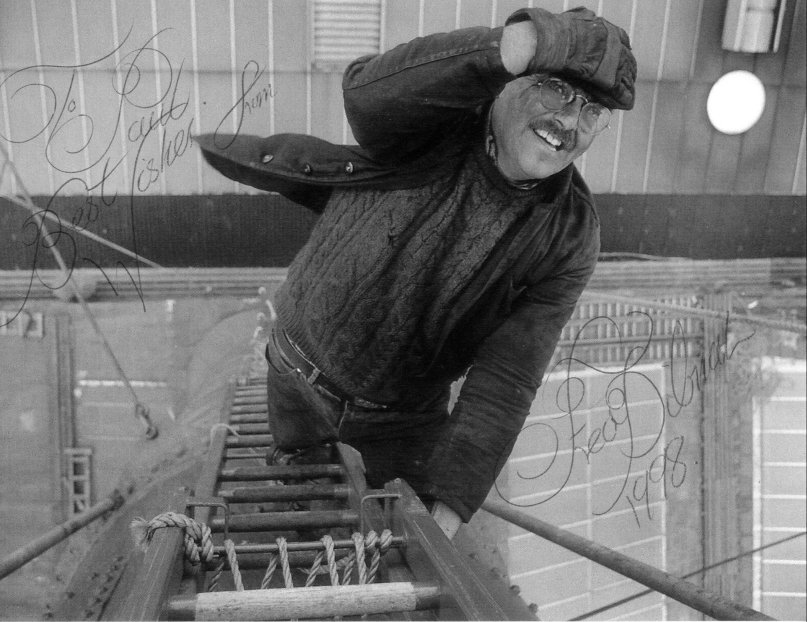
Fred Dibnah – steeplejack and an advocate of Britain’s industrial heritage. He would have hated all of us but that doesn’t stop us loving him.
After a feisty exchange about Honda it is time to think about which campaign to advocate for October.
The rules are emerging slowly.
I am not given to pessimism about this business but I had a premonition the other day.
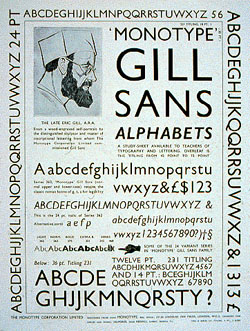
Gill Sans – Eric Gill’s seminal typeface and as simple and elegant as this little presentation (which is in Tahoma).
A client asked me recently to put together a quick presentation on why brands were a good idea. I bashed this out largely ignoring all Russell’s powerpoint rules.
I think it has a simple (naive even) elegance. See what you think – you can veiw it here and download it if you can be bothered to.
By the way wikipedia has an excellent Eric Gill quote “First I think, then I draw my think”. From now on I am going to adopt the phrase ‘First I think, then I write my think’.
Good piece in the Guardian’s comment is free blog by Neil Borman about his buring of the brands – kind of illustrates my point really.
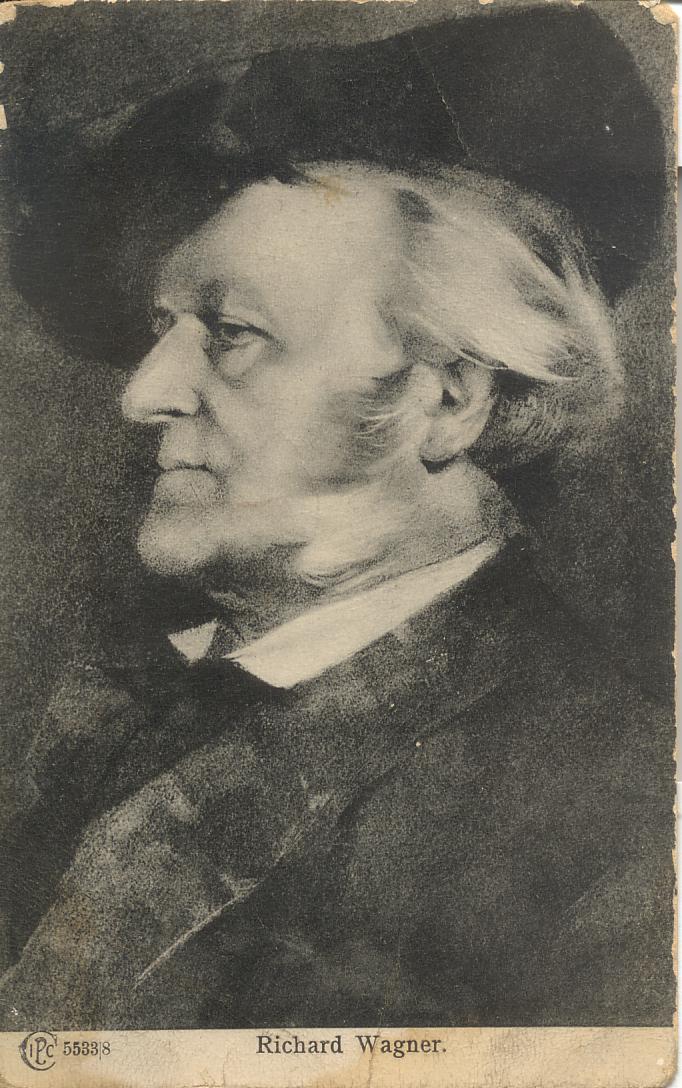
Wagner’s Ring Cycle (Der Ring des Nibelungen) – considerably less likely to induce boredom than this years IPA effectiveness shortlist.
How ironic. Just as we were wrapping up our discussion about the efficacy of the Honda ‘Power of Dreams’ idea the IPA announces their shortlist for this year’s effectiveness awards.
As awards shortlists go it is as thrilling and exciting a compendium of advertising achievement as it is possible to muster and I can’t wait to read each and every one of these powerful case studies.
In opposite land!
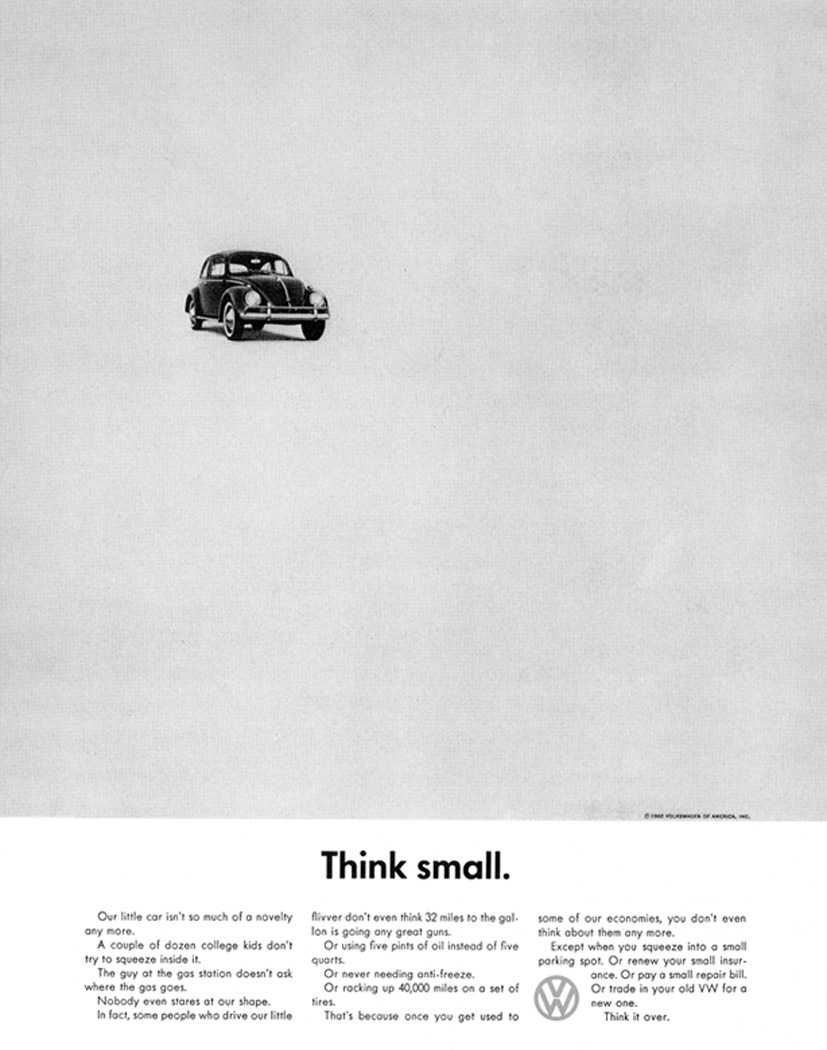
“Advertising isn’t a science its persuasion. And persuasion is an art.”Bill Bernbach, co-founder of DDB and creator of the legendary VW campaign
A planner asked me recently who Bill Bernbach was.
I said that “he invented modern advertising and the fact that you don’t know who he is should be regarded as a fireable offence”.
The Last Judgement by Rubens 1577 – 1640 So here is the idea. We love great thinking. We love great work. We believe great thinking…
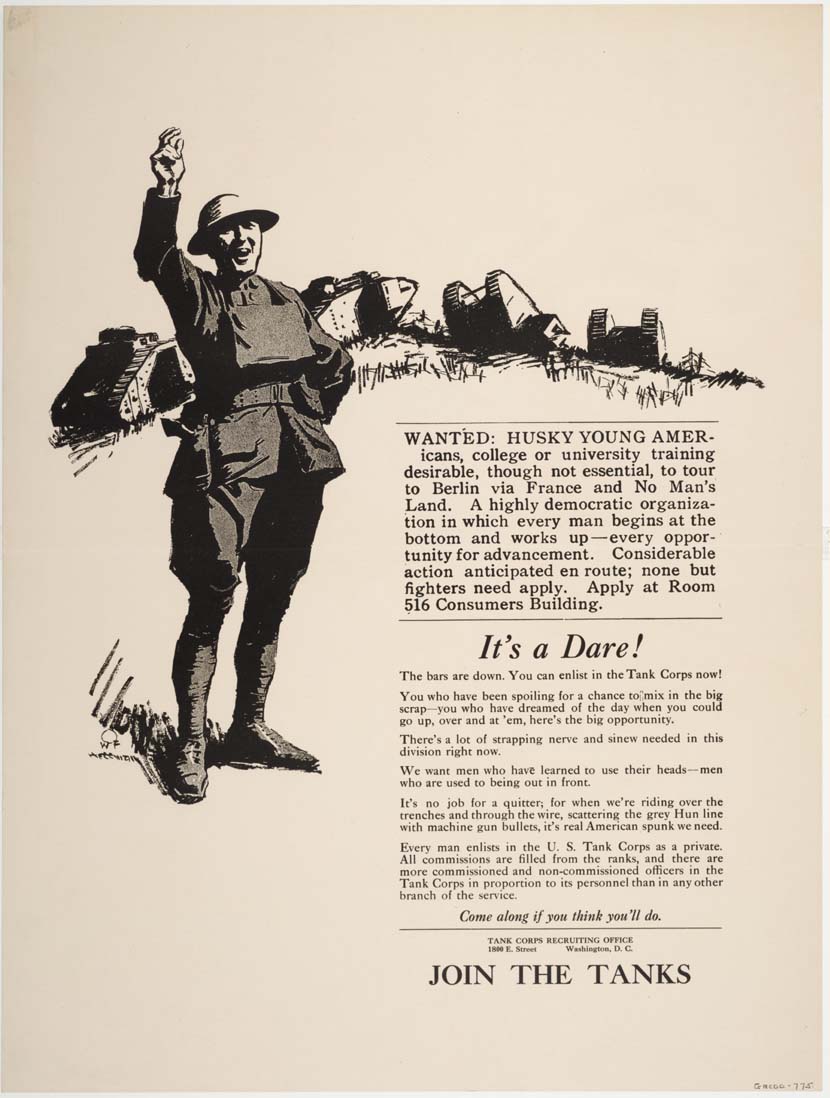
I’m enlisting good women and men ‘husky’ or not for the big push, the ulitmate scrap, the conflict to end all conflicts. As we know the run-in with the management consultancies was a mere skirmish, the real deal is the mother of all battles brewing between the ad agencies and the brand consultancies.
They want our lunch and they are no bloody good at it – handy with a logo but when it comes to business changing ideas they are woolley thinkers every man jack of them and slow and expensive into the bargain. Here is my opening salvo – a letter that appeared in Campaign this week.
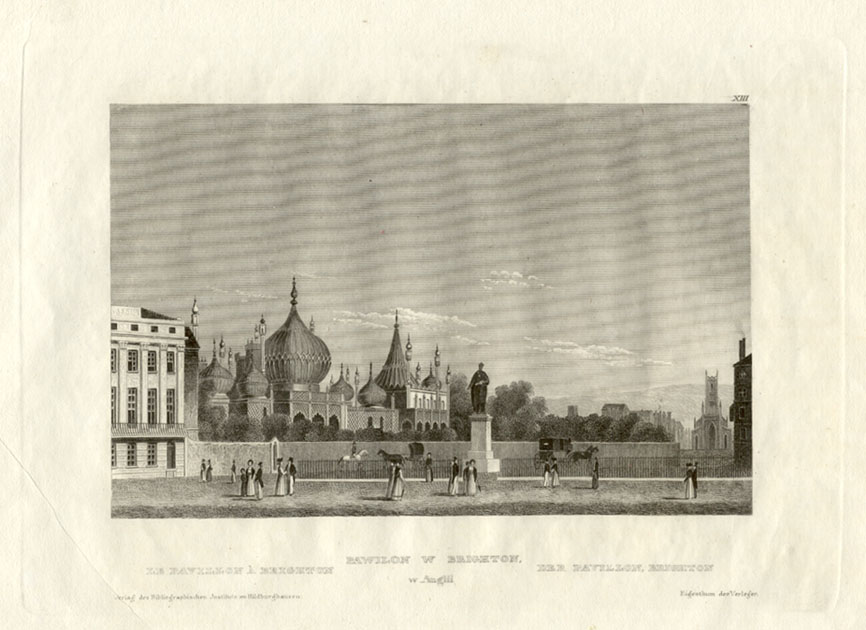
Brighton Pavillion, described by Lady Sydney Morgan as a ‘toyshop of royal bad taste’ and like most advertising pretty but useless.
Advertising’s ills are many, manifest and increasingly well documented. Many people out there blame the inflexibilty and self interest of the agencies (and I post extensively on this) but how about the clients? I have become increasingly concerned that the greatest threat to advertising is the way clients use it – not as a business tool but as a corporate bauble.
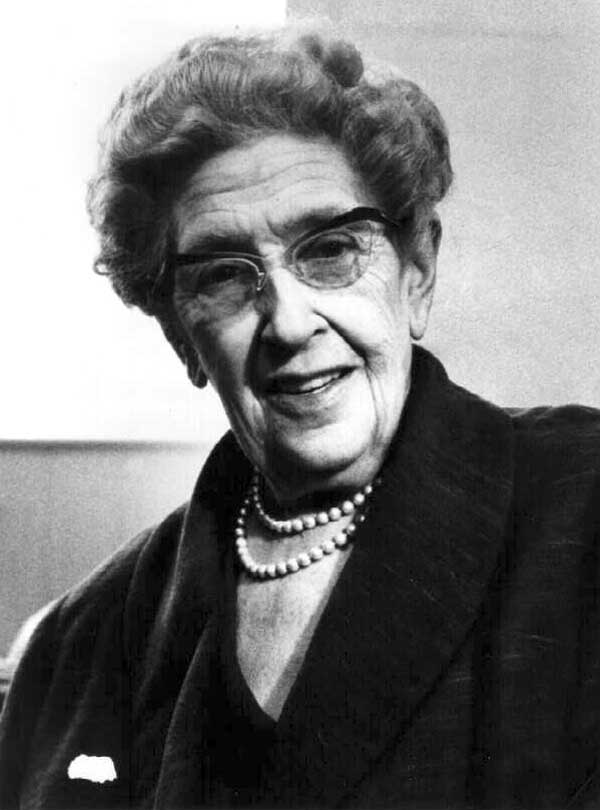
“Good advice is almost certain to be ignored but that is no reason not to give it” Agatha Christie.
A while ago I posted some advice for young planners that I contributed to a Romanian advertising blog. It got a few mentions out there and a nice person from the US called Stacy asked if she could use it to send to client agenices in the US – she helps train planners in smaller agencies. And I got a bit self conscious since the advice I gave was rather thin. So I have updated it – a few more pointers and a lot more context. Of course you don’t need to be starting out to find it useful but I wouldn’t want to be that presumptuous.
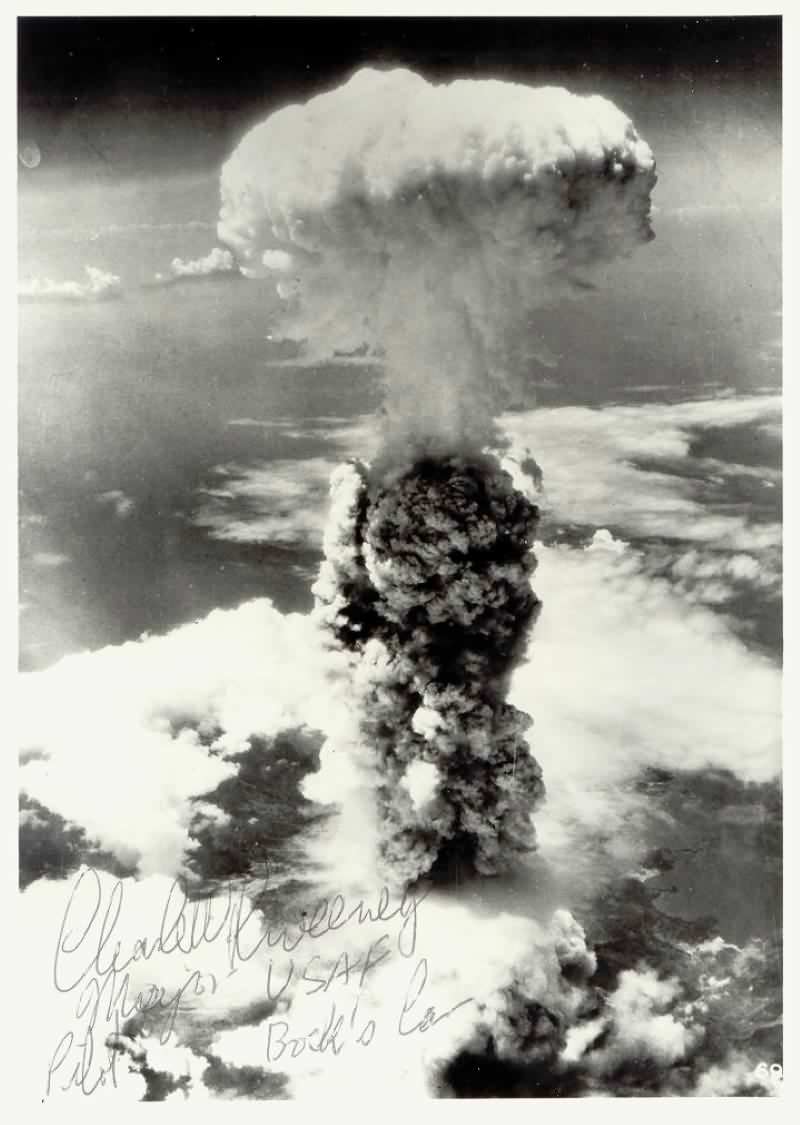
The ethics of advertising to children is naturally a hot topic. Who should be allowed to advertise, what should they be allowed to advertise, when should they be allowed to advertise and which advertising techniques should they be allowed to use? However, the ethics of promotions aimed at kids seems less of a debate when I think they have a potentially far more damaging effect.
